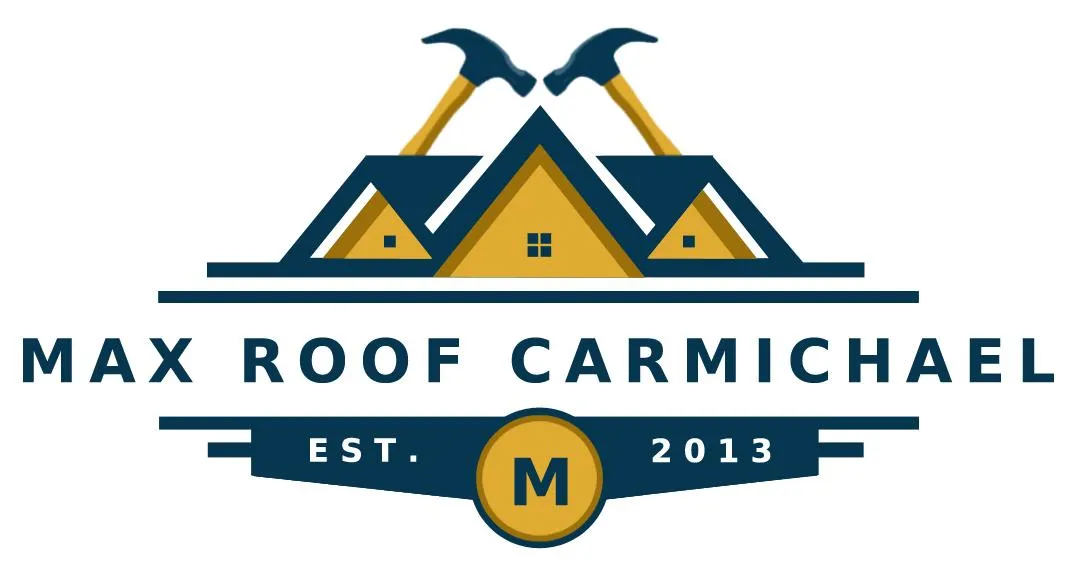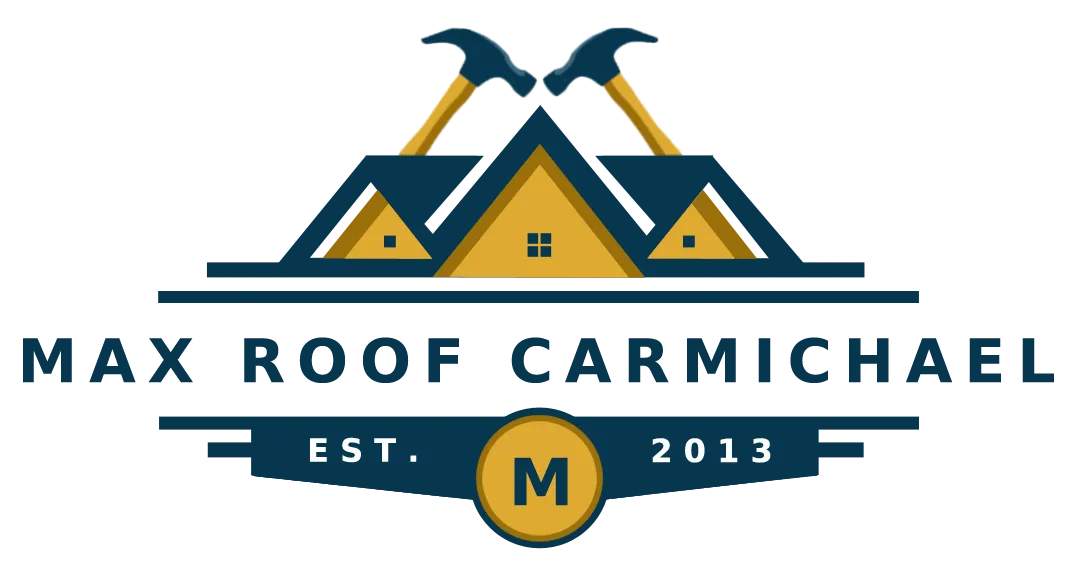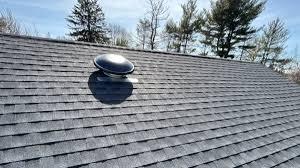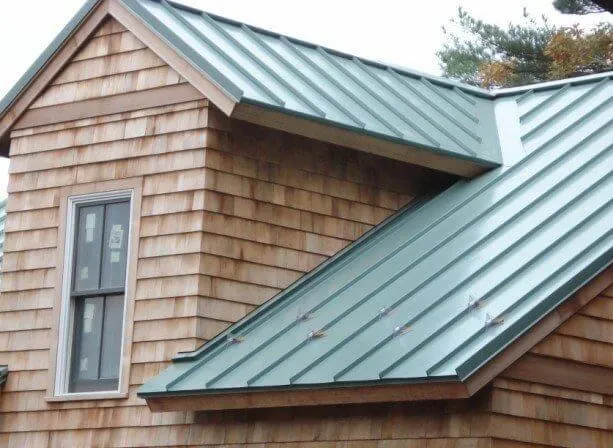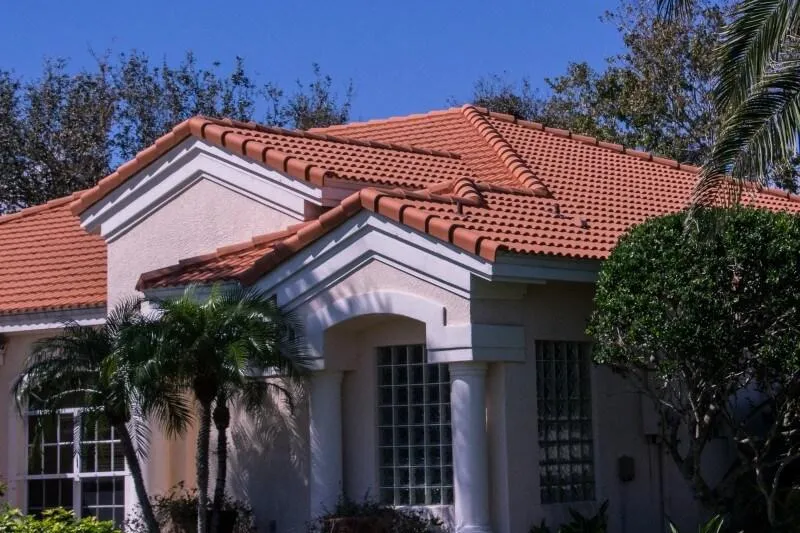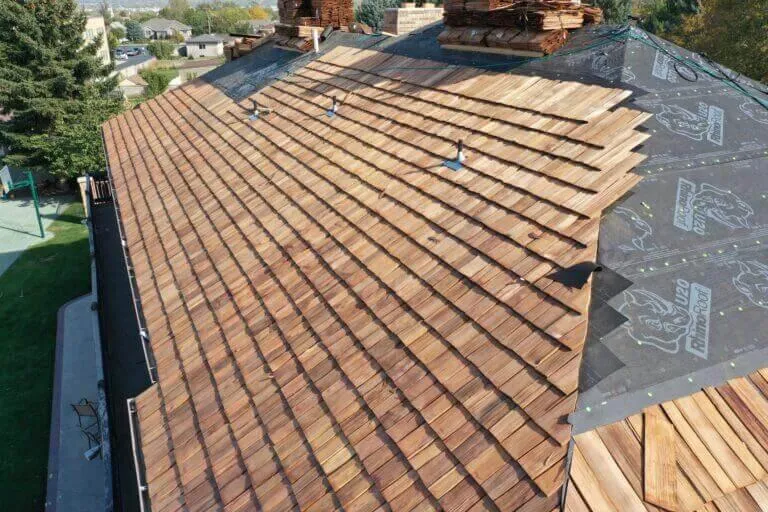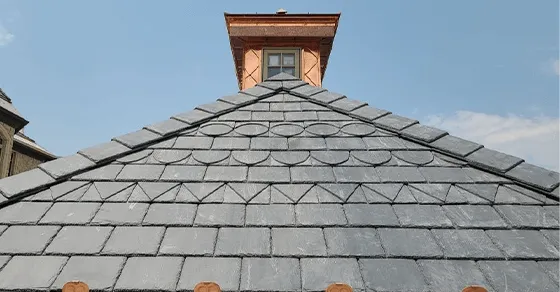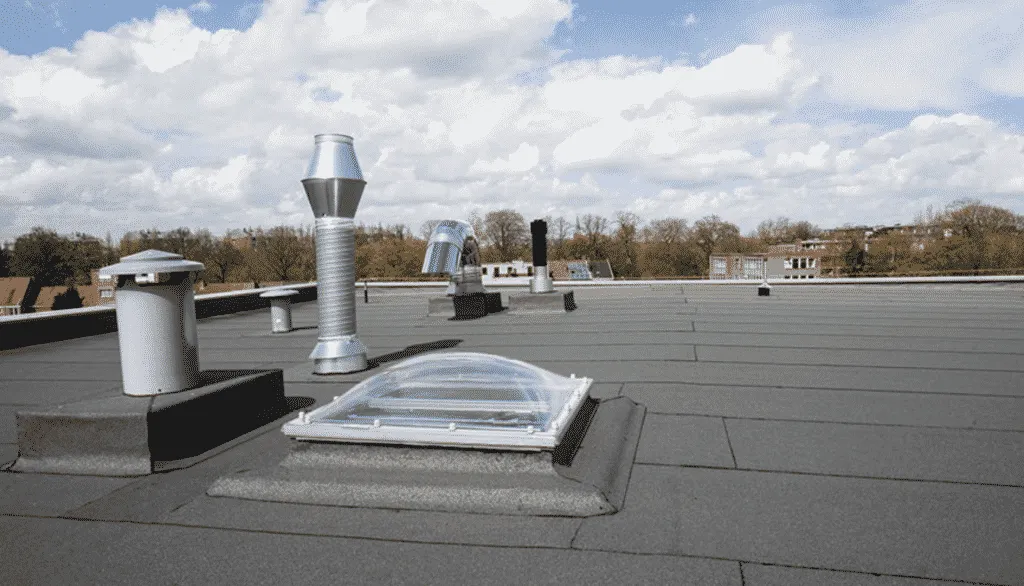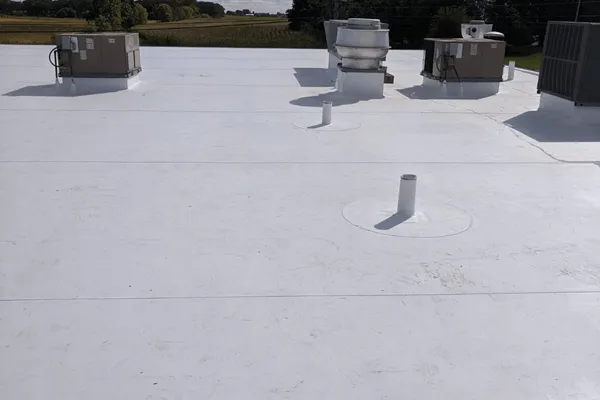Metal Roof Leak Detection Carmichael
Metal Roof Leak Detection Carmichael
Metal roofs are a popular choice for many homeowners in Carmichael, but they can develop leaks over time. Knowing how to spot these leaks early can save you a lot of trouble down the line. In this article, we’ll cover the basics of metal roof leak detection in Carmichael, from understanding the common causes of leaks to the best ways to repair them. Whether you’re considering a professional service or taking a DIY approach, we’ve got you covered.
Key Takeaways
Metal roofs can leak due to various reasons, including improper installation and weather damage.
Signs of a leak include water stains on ceilings, rust spots, and visible damage on the roof.
Timely leak detection is crucial to prevent extensive water damage to your home.
Professional services can accurately identify leaks and provide effective repairs.
Regular maintenance and inspections help keep your metal roof in good condition and extend its lifespan.
Understanding Metal Roof Leaks

Metal roofs are known for their durability, but even the toughest materials can succumb to leaks over time. Understanding the common causes, signs, and the importance of addressing these issues promptly can save you a lot of headaches and money in the long run. Let's get into the details so you can keep your metal roof in tip-top shape.
Common Causes of Metal Roof Leaks
Several factors can contribute to leaks in metal roofs. One of the most frequent culprits is improper installation. If the panels aren't correctly aligned or the fasteners aren't properly sealed, water can find its way in. Here are some other common causes:
Thermal Expansion and Contraction: Metal expands and contracts with temperature changes. This movement can loosen fasteners and create gaps over time.
Damaged or Deteriorated Sealants: Sealants around screws, vents, and other roof penetrations can dry out, crack, or degrade, leading to leaks.
Rust and Corrosion: While metal roofs are generally rust-resistant, they're not immune. Scratches or exposed edges can start to rust, weakening the metal and creating pathways for water.
Debris Accumulation: Leaves, branches, and other debris can trap moisture on the roof, accelerating corrosion and causing water to pool in vulnerable areas.
Addressing these issues early can prevent significant damage and costly repairs. Regular inspections and maintenance are key to keeping your metal roof leak-free.
Signs of a Leaking Metal Roof
Catching a leak early can prevent major damage. Here are some signs that your metal roof might be leaking:
Water Stains: Look for water stains on your ceiling or walls, especially near the roofline.
Dripping Water: Obvious, right? But sometimes it's subtle. Listen for drips during or after rain.
Mold or Mildew: Musty odors or visible mold growth can indicate a leak, even if you don't see water.
Damaged Insulation: Wet or compressed insulation is a sure sign of water intrusion.
Corrosion: Check for rust spots or corrosion on the underside of the roof or in the attic.
The Importance of Timely Repairs
Ignoring a roof leak, no matter how small, can lead to bigger problems. Water damage can spread quickly, affecting ceilings, walls, insulation, and even the structural integrity of your home. Timely roof leak repair can prevent:
Structural Damage: Rotting wood and corroded metal can compromise the strength of your roof and the building itself.
Mold Growth: Mold can cause health problems and require extensive remediation.
Increased Energy Costs: Wet insulation loses its effectiveness, leading to higher heating and cooling bills.
Costly Repairs: Small leaks can turn into major repairs if left unattended. Addressing them promptly saves money in the long run.
It's always best to address leaks as soon as you notice them. Whether you tackle the repair yourself or call in a professional, acting quickly can prevent further damage and keep your home safe and dry.
Professional Leak Detection Services

Okay, so you suspect you've got a leak in your metal roof. Maybe you've tried the DIY approach, or maybe you just want to be sure. That's where professional leak detection services come in. It's like calling in a detective for your roof – they've got the tools and the know-how to find problems you might miss.
How Experts Identify Roof Leaks
These guys don't just poke around randomly. They use a bunch of different methods to pinpoint the source of the leak. One common technique is a thorough visual inspection, checking for things like damaged panels, loose seams, or deteriorated sealant. They might also use infrared cameras to detect temperature differences, which can indicate moisture buildup. Another method involves expert roof inspection services using specialized equipment to test the roof's integrity. It's way more than just climbing up there and taking a look.
Benefits of Professional Inspections
Why bother with a pro when you could try to find the leak yourself? Well, for starters, they're way more likely to find it quickly and accurately. Plus, they can identify underlying issues that might be causing the leak, preventing future problems. Think of it like this:
Accurate diagnosis of the leak's source
Identification of hidden damage
Prevention of future leaks
Peace of mind knowing your roof is in good hands
Getting a professional inspection can save you money in the long run by addressing problems early before they turn into major repairs. It's an investment in the longevity of your roof.
What to Expect During a Leak Detection
So, what happens when you call in the pros? First, they'll probably ask you some questions about the leak – when you noticed it, where it seems to be coming from, etc. Then, they'll schedule a time to come out and inspect your roof. During the inspection, they'll use their various tools and techniques to locate the leak. Once they've found it, they'll provide you with a detailed report outlining the problem and recommending solutions. They might even give you a roof leak repair estimate on the spot. It's all about getting you the information you need to make informed decisions about your roof.
DIY Leak Detection Tips
Alright, so you suspect you've got a leak in your metal roof? Before you call in the pros, there are a few things you can try yourself. It might save you some money and give you peace of mind. Just remember to be safe and careful when you're up on the roof!
Visual Inspection Techniques
First things first, grab a ladder and get a good look at your roof. You're looking for anything that seems out of place. Obvious stuff like missing or damaged panels is a red flag, but also pay attention to the flashing around chimneys, vents, and skylights. These are common spots for leaks to start. Check for rust spots, loose screws, or any signs of wear and tear. Don't forget to check the gutters too – clogged gutters can cause water to back up under the roofing material.
Using Water Tests
Okay, so you've done the visual inspection, but you still can't pinpoint the leak? Time to get a little more hands-on. Grab a garden hose and start gently spraying water on different sections of the roof. Have a buddy inside the house watching for any signs of water intrusion. Start at the highest point of the roof and work your way down, focusing on those areas you identified as suspicious during the visual inspection. This can help you narrow down the source of the leak. Be patient, it might take a few tries!
When to Call a Professional
Alright, so you've tried the DIY methods, and you're still stumped? Or maybe you found the leak, but it's more extensive than you're comfortable handling? It's time to call in a professional. If you're dealing with any of these situations, don't hesitate to reach out to a Carmichael roof leak repair expert:
Extensive damage: Large areas of rust, multiple leaks, or structural damage.
You're not comfortable working on the roof: Safety first! Don't risk injury.
You can't find the source of the leak: Sometimes it's just too tricky to find on your own.
Trying to fix a roof leak yourself can sometimes make the problem worse if you don't know what you're doing. A professional roofing contractor has the experience and tools to properly diagnose and repair the leak, ensuring it doesn't come back. Plus, they can spot other potential problems you might have missed.
Repairing Metal Roof Leaks
Common Repair Methods
Okay, so you've found a leak in your metal roof. Now what? Don't panic! There are several ways to tackle this, depending on the size and location of the problem. For small holes or punctures, patching is often a good solution. This usually involves cleaning the area, applying a sealant, and then covering it with a patch made of similar metal. For larger areas of damage, you might need to replace entire panels. This is a bit more involved, but it's definitely doable with the right tools and some patience. Seam repairs are also common, especially if the leak is happening where two panels join together. This might involve re-seaming, applying sealant, or even replacing the fasteners.
Choosing the Right Materials
Using the right materials is super important for a lasting repair. You want to make sure whatever you use is compatible with your existing metal roof. Using the wrong sealant, for example, could actually cause corrosion or further damage. Here's a quick rundown:
Sealants: Look for sealants specifically designed for metal roofs. These are usually made of silicone or polyurethane and are resistant to UV rays and extreme temperatures.
Patches: If you're patching a hole, use a metal patch that's the same type and gauge as your roof. This will ensure a good bond and prevent galvanic corrosion.
Fasteners: When replacing panels or re-seaming, use fasteners that are also compatible with your roof. Stainless steel or coated fasteners are usually a good choice to prevent rust.
It's always a good idea to consult with a roofing supplier or contractor to make sure you're using the right materials for your specific roof type. They can offer advice and point you towards products that will provide the best and most durable repair.
Preventative Maintenance Tips
Alright, let's talk about keeping those leaks away in the first place. Regular maintenance can save you a lot of headaches (and money) down the road. Here are a few things I try to do:
Inspect Regularly: I try to get up on the roof (safely, of course!) at least twice a year to check for any signs of damage, like loose fasteners, rust spots, or damaged seams.
Keep it Clean: Debris like leaves and branches can trap moisture and cause corrosion. I make sure to clear off any buildup, especially in valleys and around vents.
Address Issues Quickly: If I spot a small problem, I take care of it right away. A small repair now can prevent a major leak later.
The Role of Roof Coatings
Roof coatings are like a shield for your metal roof, adding an extra layer of protection against the elements. They can really extend the life of your roof and help prevent those pesky leaks. Let's take a closer look.
Benefits of Roof Coatings
Roof coatings offer a bunch of advantages. They protect against UV rays, reduce heat absorption, and can even make your roof more energy-efficient. Think of it as sunscreen for your roof, but instead of preventing sunburn, it prevents damage from the sun's harsh rays. Plus, they can seal small cracks and seams, nipping potential leaks in the bud. Here's a quick rundown:
Extend roof lifespan
Reduce energy costs
Prevent leaks and corrosion
Types of Roof Coatings Available
There are several types of roof coatings out there, each with its own set of pros and cons. Acrylic coatings are a popular choice because they're cost-effective and easy to apply. Silicone coatings are known for their excellent waterproofing abilities and resistance to UV damage. Then you have polyurethane coatings, which are super durable and can withstand heavy foot traffic. Finally, elastomeric coatings offer great flexibility, making them ideal for roofs that expand and contract with temperature changes. Choosing the right one depends on your specific needs and budget. Consider commercial roof coatings for added protection.
How Coatings Help Prevent Leaks
Roof coatings work by creating a seamless, waterproof barrier over your existing roof. This barrier fills in any small cracks or gaps, preventing water from seeping through. It's like applying a liquid bandage to your roof. Plus, many coatings have reflective properties, which help to reduce the roof's temperature and prevent thermal stress, a common cause of leaks. It's a simple yet effective way to keep your metal roof in tip-top shape and avoid costly repairs down the road.
Applying a roof coating can be a great way to protect your investment and avoid future headaches. It's a proactive measure that can save you money in the long run by preventing leaks and extending the life of your roof.
Choosing the Right Roofing Contractor
Finding the right roofing contractor can feel like a big task, but it's important to take your time and do it right. You want someone reliable, skilled, and trustworthy to work on your metal roof. After all, your roof is a major investment, and you want to protect it.
What to Look for in a Contractor
First off, make sure they're licensed and insured. This protects you if something goes wrong during the job. Check online reviews and ask for references. Talk to previous clients if you can. A good contractor should have a solid reputation and be easy to communicate with. Don't be afraid to ask about their experience with metal roofs specifically. Not all roofers have the same level of expertise with different materials.
Questions to Ask Before Hiring
Before you sign anything, ask a lot of questions. Here are a few to get you started:
How long have you been in business?
Do you have experience with metal roofs?
Can you provide references?
What kind of warranty do you offer?
What is your payment schedule?
It's also a good idea to ask about their process. How will they protect your property during the job? How will they dispose of old materials? A contractor who is willing to answer your questions thoroughly is usually a good sign.
Understanding Estimates and Quotes
Get estimates from at least three different contractors. Compare them carefully, but don't just go for the lowest price. Look at what's included in each estimate and make sure they're using quality materials. A detailed estimate should include:
A breakdown of all costs (labor, materials, etc.)
The type and brand of materials they'll be using
A timeline for the project
Warranty information
Be wary of estimates that seem too good to be true. They probably are! A reputable contractor will be transparent about their pricing and willing to explain any discrepancies. Remember, a little extra investment upfront can save you a lot of headaches down the road.
Maintaining Your Metal Roof
Metal roofs are known for their durability, but like any roofing system, they require regular maintenance to ensure they last as long as possible. Neglecting maintenance can lead to unexpected problems and costly repairs down the road. Let's talk about how to keep your metal roof in top shape.
Regular Inspection Schedules
Setting up a regular inspection schedule is key to spotting potential issues early. I usually recommend inspecting your roof at least twice a year – once in the spring and once in the fall. This helps you catch any damage from winter storms or summer heat before it gets worse. Look for things like loose panels, damaged sealants, or signs of rust. If you live in an area with severe weather, you might want to inspect your roof more often.
Cleaning and Maintenance Tips
Keeping your metal roof clean is another important part of maintenance. Over time, debris like leaves, branches, and dirt can accumulate on the roof, trapping moisture and potentially causing corrosion. Here are a few tips for cleaning your metal roof:
Use a soft brush or broom: Gently sweep away any loose debris.
Rinse with water: Use a garden hose to rinse the roof, starting from the top and working your way down. Avoid using high-pressure washers, as they can damage the roof's finish.
Remove stains: For stubborn stains, use a mild detergent mixed with water. Apply the solution with a soft cloth or sponge, then rinse thoroughly.
Regular cleaning not only keeps your roof looking great but also helps prevent the buildup of materials that can cause damage over time.
Signs Your Roof Needs Attention
Even with regular inspections and cleaning, it's important to be aware of the signs that your roof might need professional attention. Catching these signs early can prevent small problems from turning into big headaches. Here are some things to watch out for:
Visible rust or corrosion.
Loose or missing panels.
Damaged or cracked sealants.
Leaks in the attic.
If you notice any of these signs, it's best to call a qualified roofing contractor to assess the situation and recommend the appropriate repairs. Ignoring these issues can lead to more extensive damage and higher repair costs in the long run. Remember, a well-maintained metal roof can last for decades, providing reliable protection for your home or business. Considering metal roofing services can be a great investment for long-term durability.
Wrapping Up Your Metal Roof Leak Detection
So, there you have it! Keeping an eye on your metal roof for leaks is super important. If you spot any signs of trouble, don’t wait too long to call in the experts. The sooner you get a professional to check things out, the better. They can help you find the leak and fix it before it turns into a bigger problem. Remember, a well-maintained roof not only protects your home but also saves you money in the long run. If you need help, don’t hesitate to reach out to a local Carmichael roofing contractor. They’re ready to assist you with any roof issues you might have!
Frequently Asked Questions
What are the common reasons for metal roof leaks?
Metal roof leaks can happen due to rust, loose panels, damaged flashing, or improper installation.
How can I tell if my metal roof is leaking?
Look for water stains on your ceilings, rust spots on the roof, or dripping water during rain.
Why is it important to fix roof leaks quickly?
Fixing leaks quickly prevents water damage, mold growth, and costly repairs later.
Can I check for roof leaks myself?
Yes, you can visually inspect your roof or do a water test, but it's best to call a pro for thorough checks.
What are common ways to fix metal roof leaks?
Common repairs include sealing leaks with caulk, replacing damaged panels, or installing new flashing.
How can roof coatings help prevent leaks?
Roof coatings create a protective layer that seals small cracks and prevents water from seeping in.
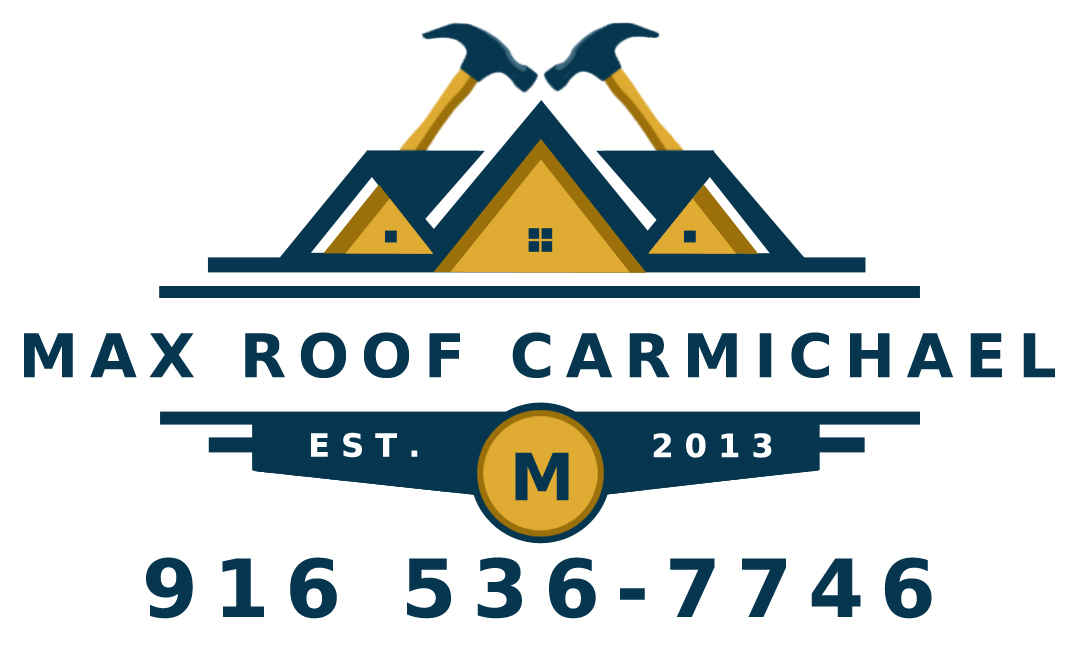
Contact Us To Get A Free Quote!
Roofing We Install In Carmichael
